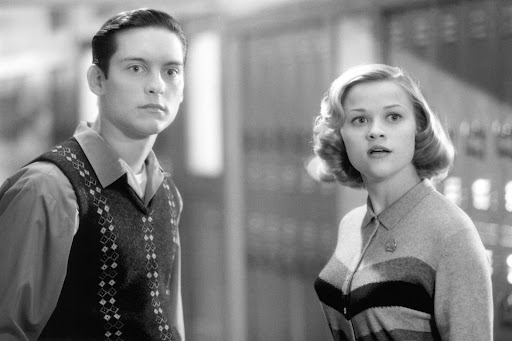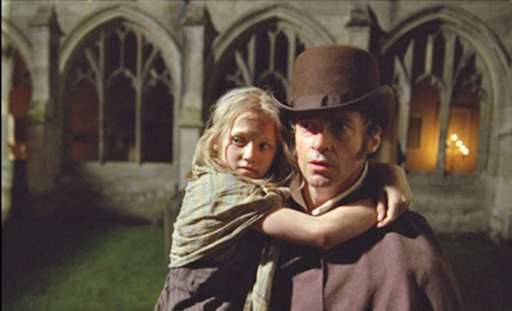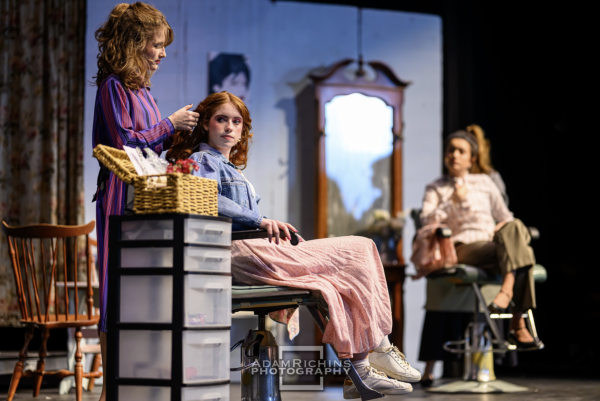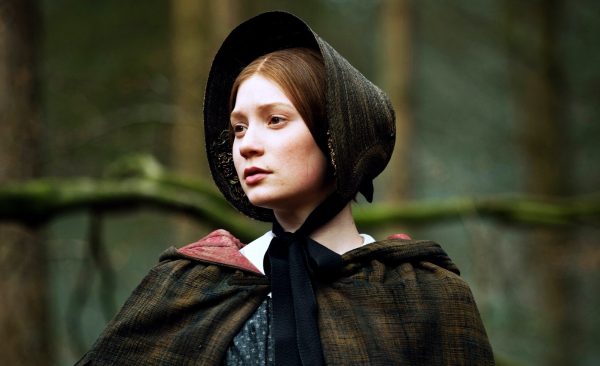Faces of Judith
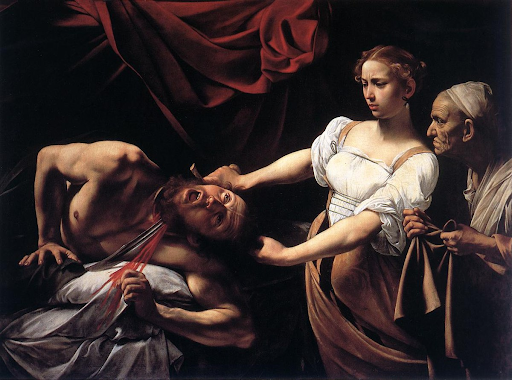
https://commons.wikimedia.org/wiki/File:Caravaggio_Judith_Beheading_Holofernes.jpg
The way Judith is depicted has changed along with societal ideas about women and art.
The biblical Book of Judith tells the story of a pious widow whose town is under siege. When people refuse to listen to her urges for faith, she takes it upon herself to save her home. Judith and her maid go to the enemy camp, and Judith seduces the army’s leader, Holofernes. When he is alone, drunk, and tired, Judith takes his sword and beheads him.
Judith’s story has inspired many artists through the years. Different people have explored angles of the themes and message of The Book of Judith, and the way she is depicted has changed along with societal ideas about women and art.

In 1469 or 1470, Botticelli, one of the quintessential Renaissance painters, depicted Judith and her maid leaving the camp with the head of Holofernes. Judith appears in blue, holding the sword and olive branch, while her maid holds the head over her hat. In the background, Botticelli paints the war raging while the women return to town. He uses the props and composition to tell the story in one picture. Based on the head and sword, one can infer what the women were walking away from. The olive branch represents the coming peace, ending the war in the background.
This small painting was probably meant to inspire virtue in Florentine women. Botticelli dresses the women in fashionable clothing of the time, making Judith relatable to them. Botticelli effectively tells the story and represents Judith as a symbol of faith and virtue.
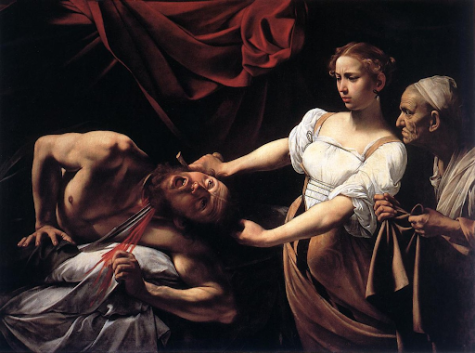
Caravaggio’s 1599 Judith seems to prioritize efficiency. She looks disdainfully and uncomfortably toward her victim. Her maid waits to receive the head. Holofernes looks up, in shock and pain, as the sword runs through his neck and blood shoots out.
Caravaggio depicts Judith as a woman intent on doing her God-given job, and Holofernes as a man getting his due. Following Renaissance trends, Botticelli represented Judith according to the beauty standards of his time, but Caravaggio’s Baroque painting shows a more realistic Judith. Both depictions, however, emphasize Judith’s virtue and faith, just in different ways.
Caravaggio’s composition and message are effective, but one of his artistic followers would create a much more striking, human, and influential rendition of the story.
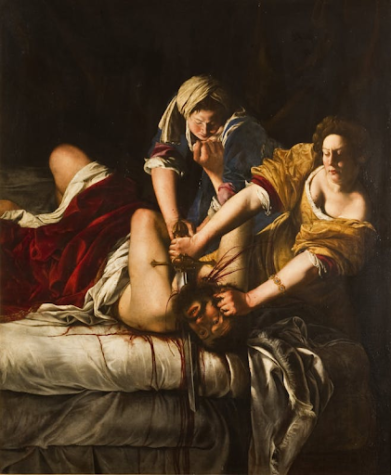
In her 1620 painting, Artemisia Gentileschi gives Judith strength and initiative. Gentileschi’s women are more active than Caravaggio’s. Judith holds Holofernes down and runs the sword forcibly through his neck. The maid notably plays a larger role in the murder, as well, helping to keep Holofernes down. Judith’s hand on the sword is the center of the composition, and the bodies in frame all lead to the head of Holofernes. Gentileschi paints blood dripping off the sheets and spraying everywhere. She emphasizes gore and rage.
Artemisia’s Judith has motives other than piety. She is eager to brutally take the life of the man who attacked her home and killed her people. When Gentileschi depicts the story, it’s raw and powerful. Her experiences as a woman in 1600s Italy gave the artist a connection to Judith – she even paints herself as the biblical character. Artemisia pours her fury and frustration into her painting, making it one of the most impactful iterations of the story.
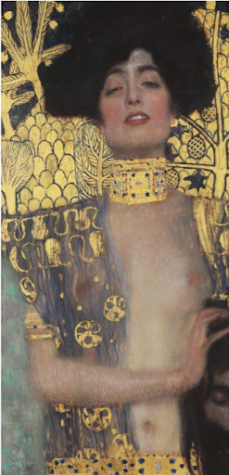
Three hundred years later, Gustav Klimt painted a Judith that would make Botticelli’s virtuous Judith cry. You can hardly see Holofernes’ head. Klimt’s Judith painting emphasizes the seduction in her story. The most charitable interpretation of the painting would be that Klimt is trying to make his audience relate to Holofernes – catching them off guard with Judith’s posing and expression, before they even notice the man’s severed head. Despite this, I think that Klimt objectifies Judith in his exploration of her character. When the painting was created in 1901, psychoanalysis was new and exciting, and many artists were interested in the psychology of sexuality. Exploring the new science, Klimt implies that pleasure Judith receives from killing Holofernes is not limited to that of enacting justice. Judith’s composition and position serve to draw attention to the woman’s body rather than her intentions or story.
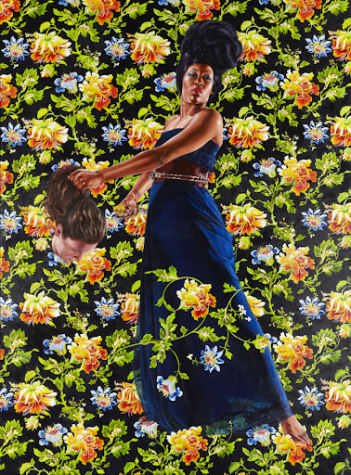
In 2012, Kehinde Wiley painted Judith as part of his series, An Economy of Grace, which focused on images of African American women who live in New York. The series echoes the compositions of works from history. According to the North Carolina Art Museum, the Judith painting is inspired by a Renaissance painting by Giovanni Baglione. Wiley’s Judith looks directly at the viewer, holding Holofernes’ head away from herself. Many people interpret the series as a way of reclaiming works from times when Black women were not equally represented in art. Judith’s story is one about a woman overthrowing the people oppressing her, and I think Kehinde Wiley’s update adds depth, asking the audience to consider who the modern Judith and Holofernes are.
By Lucy DeMeo ’24, Co-Arts and Entertainment Editor
24ldemeo@montroseschool.org





